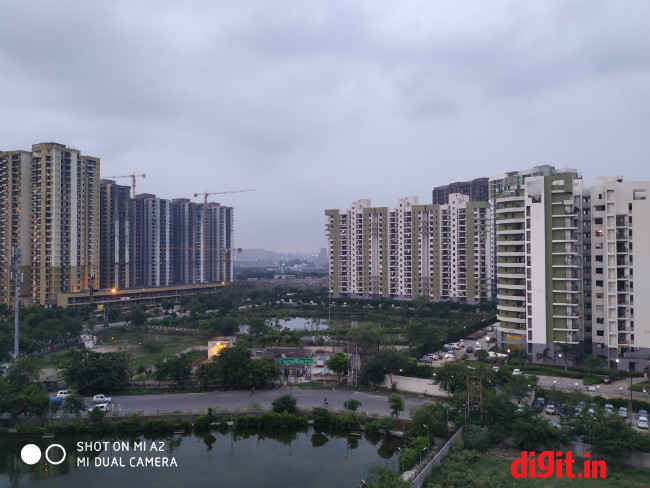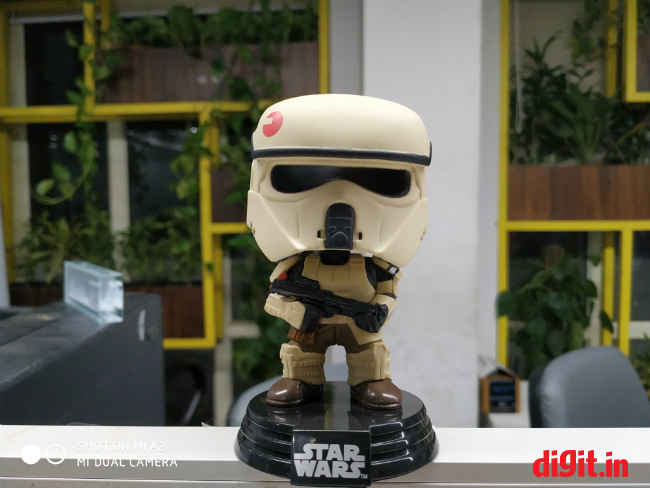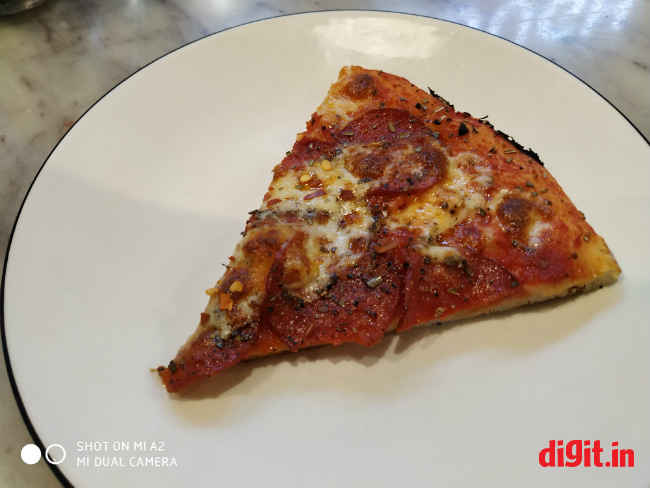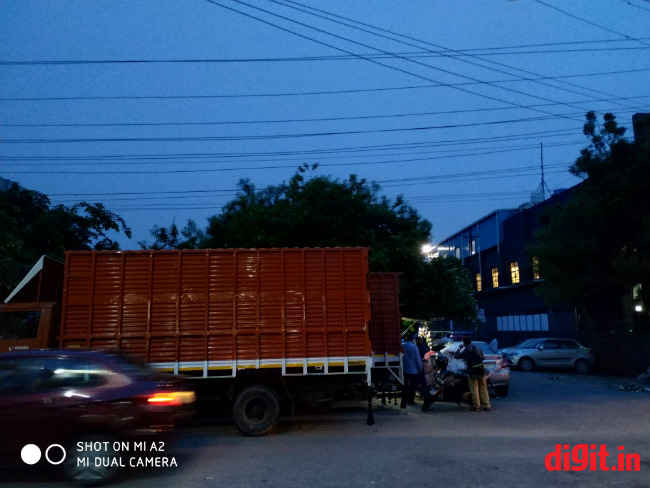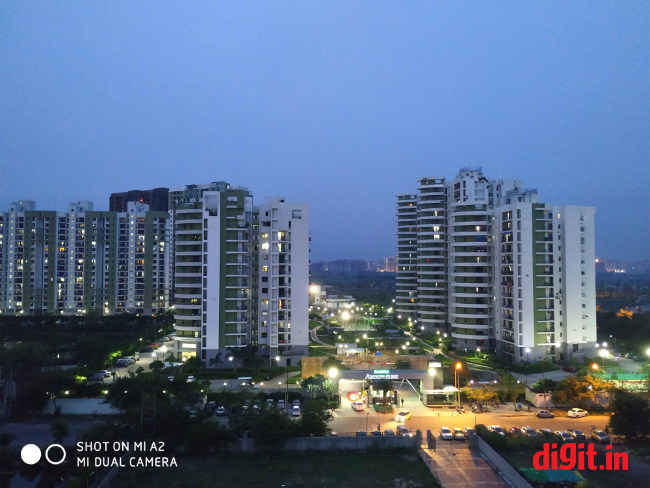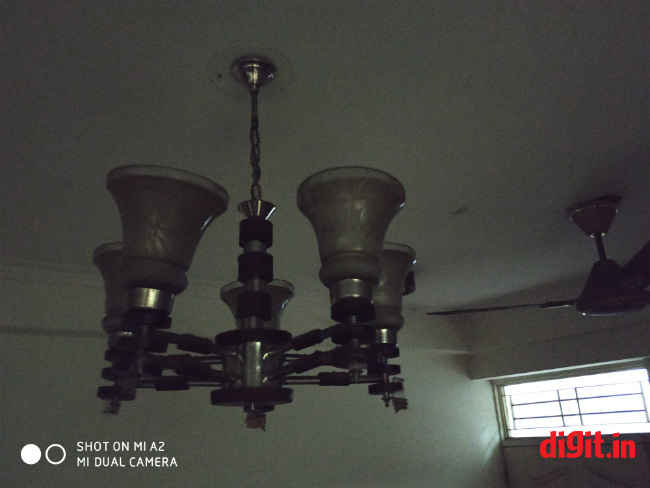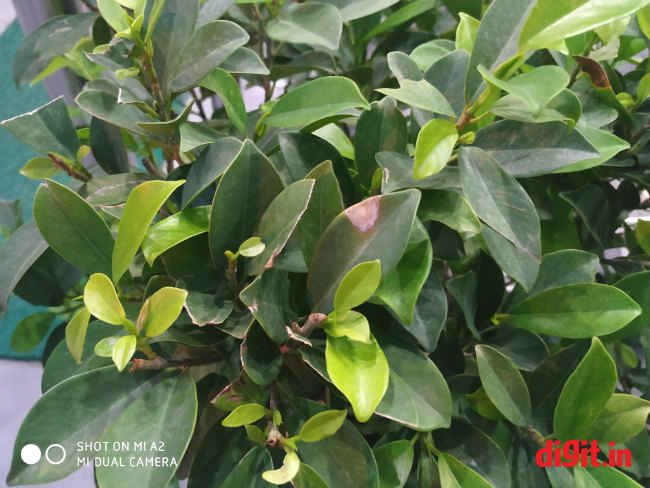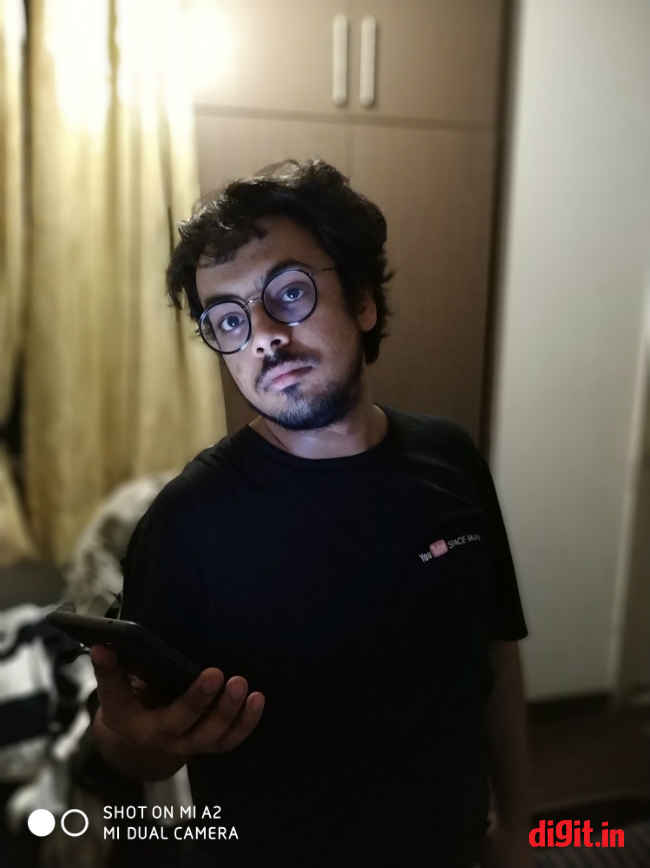Xiaomi Mi A2 Camera: First Impressions
Pictures speak a thousand words and we let the photos tell you how good the camera is on the Mi A2.
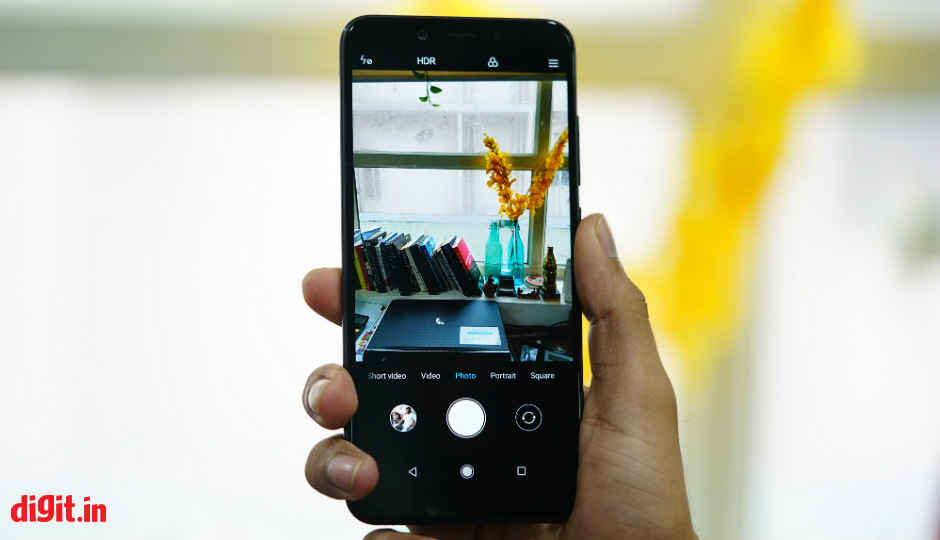
The Xiaomi Mi A2 is yet to launch in India and it’s already garnering a lot of attention from the people.The phone launched at an event in Spain and it was soon made official that the phone will be arriving in India on August 8th. The highlight of the phone is of course a stock Android interface in a Xiaomi device. But every time we have interacted with our audience, most of the questions have been around the phone’s camera performance. It’s quite understandable, why. It’s predecessor, the Mi A1 introduced 2X optical zoom via a 50mm telephoto lens, a first for a mid-range phone. While it wasn’t really a game-changing effort, it did fulfill the aspirations of people who wanted the iPhone 7 Plus-like camera arrangement on their phone. The Mi A2 also offers an interesting camera configuration, and while its too early to cast a verdict on its performance, we thought of sharing some image samples with you.
 Survey
SurveyBut first, the basics.
The Xiaomi Mi A2, as you might already know, touts a dual camera arrangement on the back. The camera has been rearranged vertically in the corner and the unit juts out of the body by atleast a millimeter. The Mi A2 has a primary 12MP Sony IMX 486 RS sensor which is also present in the Redmi Y2 and even the Redmi Note 5 Pro. The sensor size is 1/2.9” while the pixel pitch is 1.25um. That’s fairly large but not as big as you would find in more expensive smartphones like the Pixel. The secondary sensor is a 20MP Sony IMX 376 sensor which is found in quite a few selfie-centric phones like the Vivo V5. This too has an aperture of f/1.75 and 1/2.8” sensor size. Interestingly, the secondary sensor on the Mi A2 can do 4-in-1 pixel binning to generate a 2.0um super pixel. It’s a technology used in more expensive phones like the Huawei P20 Pro but has been seen in the Redmi Y2 that launched last month. Pixel binning helps in improving the signal-to-noise ratio in low light situations. Effectively, the secondary sensor, much like the OnePlus 6 comes into play only when there’s poor ambient lighting. Up front is also the same 20MP Sony IMX 376 sensor with the same pixel binning technology which helps improve selfies taken in low-light.
Clearly, Xiaomi is doing something unique with the Mi A2 once again. Earlier, it was the 2X optical zoom. This time the secondary sensor’s purpose is to improve low-light photography, a department smartphones have forever struggled to get right. Does the Mi A2 get it right? Well, pictures speak a thousand words and we’ll let the photos taken from the Mi A2 do the talking.
Daytime
Let’s start with daytime shots. This is something most phones can take care of quite well and the Mi A2 does too, albeit with a dash of extra saturation. The details are well preserved as well. The photo is adequately sharp. Having said that, the Mi A2’s daytime performance seems quite impressive. Every detail of the scene is perfectly preserved, even the details in the reflection of the trees in the water. If you’re wondering why there’s a dark tone on the photo, that’s just because it was one of those rare rainy days in Delhi.
Since this weather has been continuing here in the capital, we’ve been unable to take a shot under bright sunlight. We’ll update this piece with more daytime photos soon as as the sky clears.
Indoors
As I mentioned, smartphone cameras have nailed daylight photography and even in between flagship phones and mid-rangers, the difference isn’t all that much. Indoor photography is where we look forward to seeing how good the camera really is. And in that case, the Mi A2 just nails it with Mr. Funko Space Trooper here. There’s a naturally shallow depth of field in the photo, even without using the portrait mode. That’s because of the f/1.75. It’s not using pixel binning here as there’s enough light in the frame. The yellow bars in the frame looks a little more saturated than what it originally was. And if you look a little closer, especially near the hands of Mr. Trooper, you’ll see the details are quite sharp.
Food
If you’re reading this on an empty stomach, I suggest you skip this section. Photos of food taken by the A2 comes out deliciously good. The details are sharp, a little higher on the contrast, and the colours are a wee bit more saturated. However, the high aperture of the Mi A2 works against it in this case as the edges are automatically blurred out. Mind you, this is not using the portrait mode.
Low light
Now to address the elephant in the room, I took a few low-light shots of different objects and environments. While this aspect of the Xiaomi Mi A2 requires further and more extensive testing, the initial few samples I’ve seen look promising. Here are a few shots from my preliminary testing. Do note that these are not to be taken as indicative of the Mi A2’s capabilities as there is a lot more to it that I am yet to test.
Portrait Mode
The Mi A1 last year was the first Mi phone in India to introduce the portrait mode in Xiaomi phones. It’s safe to expect its successor to take it a notch higher, and Xiaomi claims the Mi A2 is especially adept at taking low-light portrait shots.
We decided to give it a try and the results, were kind of inconclusive. The first image, taken outdoors at night is of our four-legged friend outside office. There’s quite a lot of noise in the photos while the edges are inconsistently blurred. I can’t complain about the exposure as it’s mostly good, but it’s even better when you’re taking a photo of a human face indoors. There, the camera perhaps depend on software to finetune the facial details and control the noise. The second photo, even though taken against the light isn’t underexposed which is a great thing. Is this pixel binning at work? There’s no way to know from just this photo, but I’ll have a conclusive answer for you in the review. Or will i? .
Portrait Selfies
I look sleep-deprived, but that’s besides the point. The camera was able to isolate my face from the background rather easily, but this could also be because the background itself is very far away. It's nice to see portrait selfies becoming a more common implementation across smartphones in all budget segments.
Of course what I have shared above are just a few samples from casual use of the Xiaomi Mi A2. The camera of this smartphone is definitely the one of the main highlights. While it is too soon to draw any conclusions from the samples above, they are an indication of the camera’s capabilities, in whatever limited scope they may have been shot in. I will, however, have a decisive answer for you about the Xiaomi Mi A2’s camera performance in the detailed review which will be out very soon.
